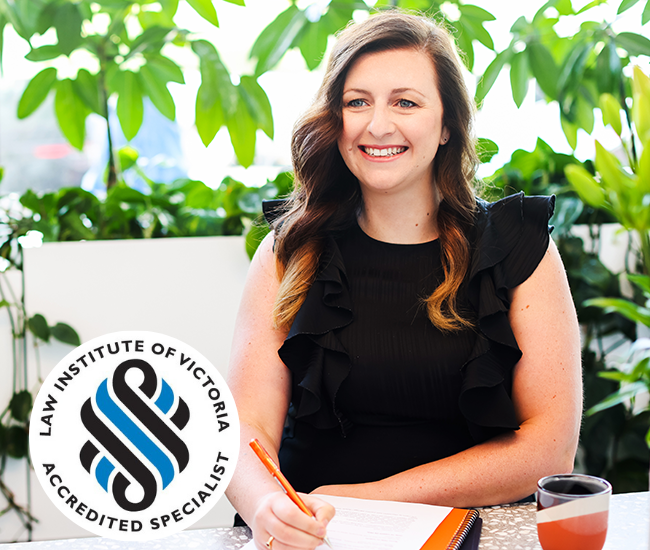As Victoria leads in its implementation of voluntary assisted dying (“VAD”) laws, there is considerable political activity and interest in other Australian jurisdictions following suit. With Western Australia currently debating VAD legislation in the Upper House, whether this translates into national law reform remains to be seen. A key objection to further reform is that VAD poses a grave risk to the vulnerable in society. The Victorian experience to date, which saw a bitter parliamentary debate and an extended reform process, demonstrates the difficulty in effecting legal change concerning such sensitive subject matter of assisting a person to terminate his or her life.
Historically, the commonwealth, state and territory governments have attempted to reform laws relating to VAD for nearly four decades. The Northern Territory’s short-lived Rights of the Terminally Ill Act 1995 (NT) was overturned by the Commonwealth Government under its constitutional powers by way of the Euthanasia Laws Act 1997 (Cth), which prohibits territories from legalising VAD. The new Victorian VAD law is conservative due to its strict stipulations, with a focus on having medical practitioners, in conjunction with other relevant health professionals, deliver high-quality end-of-life care.
The Voluntary Assisted Dying Act 2017 (Vic) (“the Act”) came into force on 19 June 2019. The Act permits an adult with decision-making capacity, who is an Australian citizen or permanent resident residing in Victoria, to seek assistance to die, provided that the request is made voluntarily and without coercion. To be eligible under the Act, a person must have an incurable disease, illness or medical condition that is advanced, progressive and will cause death within 6 months (12 months for neurodegenerative conditions). That condition must also be causing suffering that cannot be relieved in a manner that the person considers tolerable.
Voluntary assisted dying may be accessed under the Act by abiding the following process:
- the person has made a first request;
- the person has been assessed as eligible for access by:
a. the coordinating medical practitioner; and
b. a consulting medical practitioner; - the person has made a written declaration;
- the person has made a final request to the coordinating medical practitioner;
- the person has appointed a contact person (a person aged 18 years or more appointed by a patient who has requested access to voluntary assisted dying and who takes responsibility for returning any unused or remaining voluntary assisted dying medication to the Voluntary Assisted Dying Statewide Pharmacy Service);
- the coordinating medical practitioner has certified in the final review form that the request and assessment process has been completed in accordance with the Act;
- the person is the subject of a voluntary assisted dying permit.
A medical or health practitioner who is providing health or professional care services to a patient is not permitted to initiate a discussion about voluntary assisted dying or suggest voluntary assisted dying to a patient. Doing so constitutes unprofessional conduct within the meaning of the Health Practitioner Regulation National Law. They can, however, respond to a patient’s request for information. All discussions, consultations and assessments with patients, family and carers regarding voluntary assisted dying must occur face-to-face. Providing patients with information about voluntary assisted dying over the telephone, via email or using telehealth could be a breach of the Commonwealth Criminal Code Act 1995, sections 474.29A and 474.29B.
The Department of Health and Human Services is aware of the risks that this presents to rural doctors and is actively working on formulating a workable solution. The Government has made support packages available as part of providing financial support to patients who are unable to travel, and to allow for face-to-face consultation.
In the context of a request to access voluntary dying assistance, if a medical or health practitioner is unsure about what the patient is asking about, they should clarify with the patient and seek to elicit more information, relying on their existing clinical skills in having end-of-life care conversations, and using open-ended questions. A medical treatment decision-maker cannot request voluntary assisted dying on another person’s behalf. It is important that all conversations with the patient and the patient’s carers, family members or friends are clearly documented in the patient’s medical record, including details of the exact nature of the requests.
For all patients in Victoria who are the subject of a voluntary assisted dying permit, the medical practitioner who has responsibility for a person’s care immediately before death, or who examines the body of the deceased person after death must, within 48 hours, notify:
- the Registrar of Births, Death and Marriages;
- the Coroner; and
- the Voluntary Assistance Dying Review Board.
Other than having a current appropriate professional indemnity insurance policy in place, it is prudent for medical and health practitioners to seek independent legal advice regarding their risks in this space. From a risk management perspective, there is a myriad of professional obligations under respective codes of conduct, common law and other legislation for medical and health practitioners to be well-versed in.
At Burke Lawyers we are qualified to assist with VAD related matters. For more information contact us today on +61 3 9822 8588 or email here.




